While we have known how detrimental excess plastic is for the environment for quite some time now, the average person is only just recently starting to see how serious the problem is. From the Great Pacific Garbage Patch (an area in the ocean spanning about 600,000 square miles that is saturated with small pieces of plastic that pose a great danger to marine life) to plastic mounds found all over the earth (plastic has been found everywhere from Antarctica to Mt. Everest), we have a bit of a problem on our hands. Reducing plastic and waste isn’t a simple issue, but it’s one that each person can work on by making small changes that add up big time.
The Origin of the Problem
The problem goes deeper than just not recycling. It’s deeper than littering. You may think you’re doing your part because you make sure that your soda bottle makes it to the recycling when you’re finished drinking it, but this is a much more complicated issue. (However, I encourage you to keep recycling!) 🙂
Netflix has a documentary called Minimalism that I recommend everyone watch, but I’m not going to get into that documentary today. Rather, I want to share a quote from it that impacted me, and is relevant to this discussion.
“We’re not ever going to ever be able to achieve the environmental gains we’ve been seeking while still expecting our lives to be the same. We’re going to have to give up a lot. The secret is that a lot of that we’re not going to miss.” —Minimalism: A Documentary about the Important Things (Netflix)
Just sit and think about that for a minute. The problem does not stem from a failure to recycle. It doesn’t stem from throwing our candy bar wrapper out the car window instead of putting it in the garbage.
Failing to recycle and littering is not good for the environment, and it certainly contributes to the problem. But overall, our problem is that we live in a world of convenience, a world of constant shopping/buying/replacing, a world of purchasing a disposable version of anything we don’t want to deal with after use, a world where we need to update our wardrobe to the latest trends three weeks after adapting to a different set of trends, a world with an insane amount of single-use items…
Single-Use Items: More than a Single-Use Problem
Of course, you know these single-use items do not just disappear when you’re done with them. They may leave your house, but they’re not gone.
I’m not going to focus on the disposal right now, but rather the creation. Consider the factories that are creating these items. Think about the CO2 they’re emitting, or the resources they’re depleting to quickly create items as silly as fast food kid’s meal toys that we’re going to throw out just as quickly as we received them. Think about the waste that is being dumped into rivers, landfills, oceans….all at a rapid pace to fuel demand because the first world is a consumerist machine.
Let’s think back to the quote I shared above…we’re not going to be able to achieve what we want to achieve in fixing our environment by refusing to change our lifestyle. It’s tempting to blame corporations that operate irresponsibly or countries without strict enough environmental regulations….and yes, these are problems.
But our consumerist habits are what is allowing this to continue. If we aren’t willing to change our lifestyles and demands, how can we expect corporations to change? They’re rising up to the demand WE are placing on them.
As I said, this is a complex issue that I feel like I’m only just beginning to understand. I’ve said it before and I’ll say it again: we can advocate for change in law and policy as strongly and as fiercely as we want, but until we are willing to start making changes in our own lives, what weight is that going to carry?
I’m assuming you’re here because you do care and you do want to make a difference. Maybe you just want to know that you’re doing the best you can to leave the smallest footprint. Maybe you have children that you want to raise counter-culturally by teaching them what is truly responsible and important in life.
Now, let’s get to it! Here are two small changes you can start implementing immediately to make a difference, even if it seems too small to matter. Part two of this post series will give even more ideas, so stay turned for that.
1. Reconsider Single-Use Items

I’m not saying you have to completely avoid buying anything that has waste involved (such as packaging), though many people have taken steps to become what is called “zero waste.” If you want to be zero waste, awesome! But I’m not telling you that you have to be, or that it’s the only way to care for the environment.
Even if you can buy a larger quantity of something and package it with reusable containers at home (this works for many foods and drinks, soaps, beauty products, etc.) this cuts down on waste significantly. It usually saves money, too, which is an added perk. Who knew that we could be “green” in two senses of the word at once? 😉
-Instead of individual snack bags of chips, buy a larger bag and portion into Tupperware when needed.
-Instead of granola bars, bake your snack bars. They’re healthier that way, too!
-Buy a large tub of yogurt (or make your own, it’s not hard!) and portion into bowls instead of buying individual cups.
-Get a reusable microfiber makeup remover face cloth rather than buying makeup remover wipes.
-Get microfiber cleaning cloths instead of Clorox/Lysol wipes to clean your house.
-Get a water filter and get quality reusable water bottles instead of buying disposable water bottles.
-Consider something like a soda stream if you drink a lot of soda or carbonated water.
-Use cloth diapers instead of disposables.
-Use a menstrual cup or period underwear (like Thinx) instead of tampons or pads.
-Use kitchen rags or flour sack towels instead of paper towels.
There is a multitude of ideas to cut down on disposable, single-use waste. Start by just picking one and trying it out. You can implement more over time once you’ve started to develop some new habits.
2. Reconsider Your Shopping Habits

I think I have had times when I have had five separate Amazon orders show up to my house in one week. I mean, with conveniences such as the “Buy Now with One Click!” button, why not just order things when you think of them? Shipping is free with Prime, what does it matter anyway?
Well, here are the major issues I see with this line of thinking (that I’m incredibly guilty of myself):
1) Consumerism. More and more consumerism. Impulse purchases. Wasted Money due to said impulse purchases.
2) The environmental impact of having MULTIPLE shipments of items from the same place shows up to my house spread out over a few days. How hard would it have been to sit down, make a plan, and place ONE order? That really would have been the more fiscally and environmentally responsible. (However, Amazon doesn’t always ship things together anyway, so sometimes it’s hard to control).
This sort of wastefulness isn’t limited only to online shopping. I know I’m guilty of it at brick and mortar stores, too.
Here are some steps to being a more responsible consumer and shopper:
- When you think of something you need or want, add it to a list. Do not purchase it immediately. This will give you time to decide if you actually need or even want this item that badly, or if it was just an impulse.
- Have designated shopping days and save all of your shopping for those designated days. I think you’ll be surprised to find you save money doing that, too. You also get the opportunity to practice patience in an instant-gratification culture. Choose how many shopping days you think you will need–somewhere between 2 and 4 in a month should be plenty for the average family.
- If you “need” something but it’s not a designated shopping day, try plan B…aka go without. You’ll be surprised to find that maybe you didn’t need that item after all.
Will We Even Miss These Things?

This 100{9994046f29331ee04cc0b5e07eb28364315ea03ccc2f01b5a43e8b85b372d1e9}.
We aren’t even going to miss this stuff. Sure, it will be a lifestyle change we have to adapt to. We will have to change some habits and expectations. But at the end of the day, none of those things we are giving up are even going to matter to us. Do we care if we drink our water out of a stainless steel water bottle instead of a disposable plastic one we bought in a 24-pack at the grocery store? Do we care if we stop cluttering our homes with a junky plastic toy from McDonald’s? Are we honestly going to miss individual chip bags?
Probably not. We probably will not even think of these things anymore once we are used to our new habits.
In part two of this post, I will give some more ideas for reducing our plastic and waste in our lives.
What do you think of these ideas? Are they helpful, or do you think I’m misguided and way off base? Let me know in the comments!

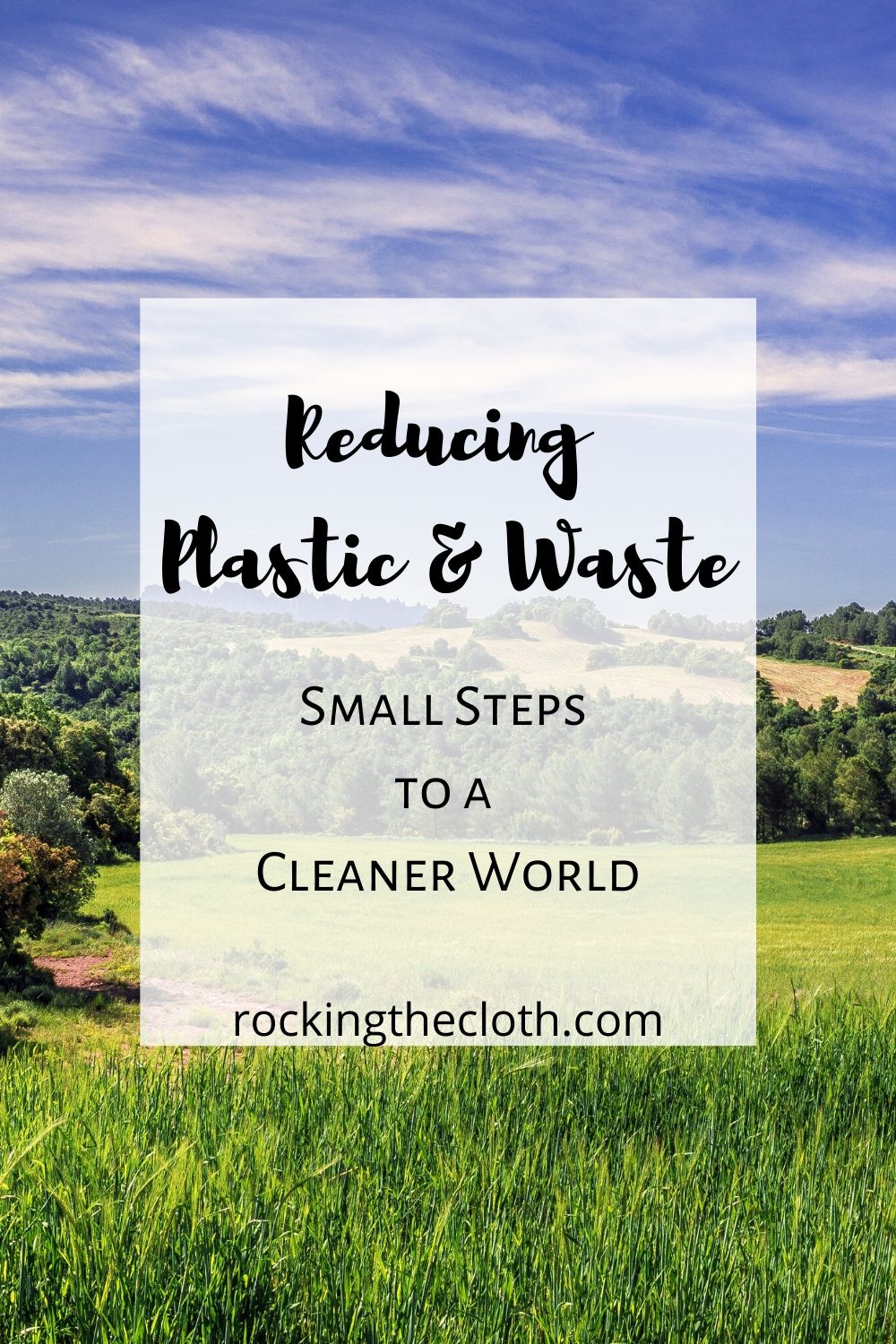
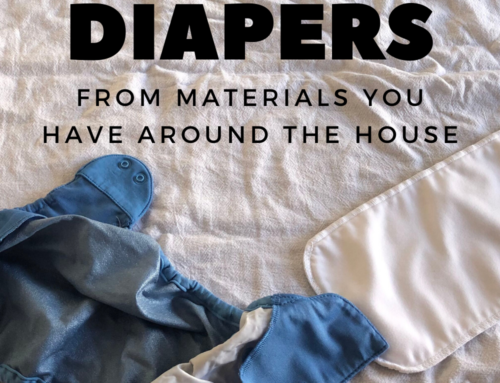
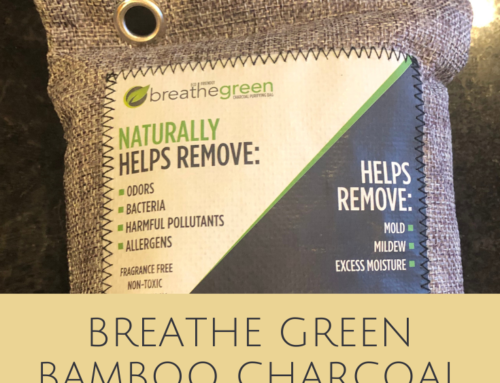
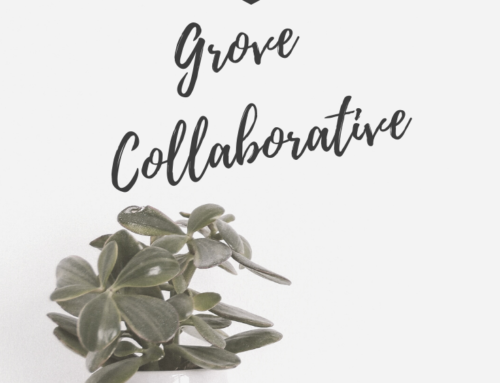
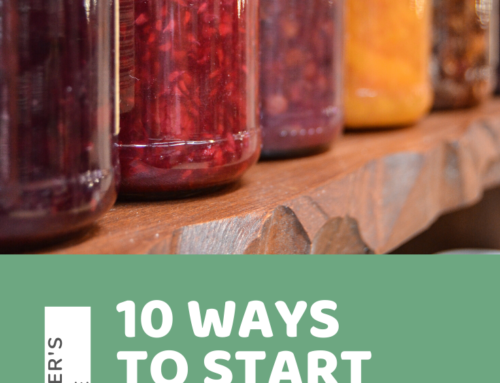
Well, now I have to deal with my guilt! You are so right…we need to stop the trashing of our planet. For 20 years I lived on my Alaskan homestead, right on the beach. The fishing boats went by whenever there was an opening. My beach had new trash on it every day, mostly plastic bottles, but other junk as well. At least I could do my bit by cleaning up my beach, but that was such a small part of the problem.
Packaging is a major problem, isn’t it? I try to burn as much of my paper as I can, but it is not good to burn plastic, so it has to go to the dump. Too bad. Taking your own bag to the grocers is a little help, as you won’t receive extra packaging that way. I just hope we figure out a solution before the world becomes one big garbage dump.
Wow Fran, your home in Alaska sounds absolutely incredible! I agree, I hope we can come up with a solution. I know there is a young Dutch engineer (23 years old I think) that is working on a project that should be able to help significantly clean up plastic from our ocean. I really hope it is all successful!
It’s amazing how we try to solve the problem by dealing with the disposable side instead of dealing with the problem of the creation. I agree with your article completely, and whilst my wife and I haven’t gone completely green, have started to buy bigger packaging and portioning. We too are guilty of multiple purchases and love the idea of a day to make purchases, or even eliminating the purchase altogether. Every little helps, and articles like this will help open more eyes and hopefully being to reduce everyone’s dependency on single use packaging. Great job!
Awesome job to you and your wife! We haven’t gone completely green, either, but we are currently working on it by making small changes each day. I’m hoping that my efforts will help inspire others, and I’m sure your efforts are inspiring those around you, too!
Thank you for this article, it has brought across a very serious and urgent matter. I am so guilty of contributing to plastic waste. Though I buy very little packaged food, as most meals are cooked at home from scratch, but I do use quite a number of plastic bags when buying my fruits and vegetables! I really must cut down on these, by making it a point to bring my own bag! Such a simple action, that can help the earth reduce plastic waste. Thanks for the reminders and tips!
That’s awesome, Joo! No one is perfect in this area, all we can do is try to do a little better each day. 🙂
It’s quite frightening when you think about the damage that is being done to the earth and it’s ecosystem by the waste we create. I was reading that it takes up to 500 years for plastic to degrade and it wreaks havoc on marine life. By me being an avid fisherman it annoys me but what could I do to stop it?
For every cautious individual out there it is about 10 careless individuals. I was watching a documentary on Netflix called no impact man. It was a guy who went green for a year with his family to bring awareness of the harm we are doing to our planet.
He would buy produce locally, use solar for electricity, refilled glass bottles for water, and built a refrigerator out of clay pots. It was very interesting in how he made it work for the year that it inspired me to cut back on my wasteful habits. I’ve created a composte, don’t buy plastic bottles, and reuse glass bottles that I acquire. I am currently learning how to garden so I can begin growing my produce and I hope to one day go solar for power.
Thanks for sharing this post it was great
Shannon
That is awesome, Shannon! That sounds like a great documentary, I’m going to add it to my watch list!
I agree–it’s so unfortunate that for every person trying their best to lessen their environmental impact, there are 10 people who don’t care at all. I guess all we can do is make sure we are at least doing our part and hope that for those out there that are resistant to change, that someday someone will get through to them.
I have also been interested in solar for my house. I was looking into it, but unfortunately my “solar score” for my address was pretty low and it wouldn’t make sense for our current home. I was pretty bummed about that!
I am currently exploring how to get a hydroponics system set up in my home relatively inexpensively so that I can hopefully grow a lot of veggies over the winter. I live in MN and winters are long, making getting fresh produce very difficult. I’ve seen lots of great tutorials so far, can’t wait to buckle down and get it going! We do garden outdoors in the summer and go to the local farmers market, but our growing season is pretty short here. :'( I’ll be sure to blog my experience.
Definitely not way off base! Great post and lots of information to make me think and change. Just the small things, like one large instead of six small containers, or use my plastic containers that I bought years ago and sit in my cupboard waiting. I won’t grab a bottle of water, but buy a refillable bottle, glass preferably, yes?
Tell me, what is out there with continence aids for the elderly. I see you advertise cloth nappies for babes.
I work with the elderly, would love to have more information about this very important topic
Thank you
Michele
Hi Michele! All great ideas you have posted. Yes, glass and stainless steel are preferable water bottle materials to plastic.
There are cloth incontinence aids for the elderly available, too! I have not reviewed any yet, but here is a great article that may help you out: http://www.idiaper.com/best-7-…